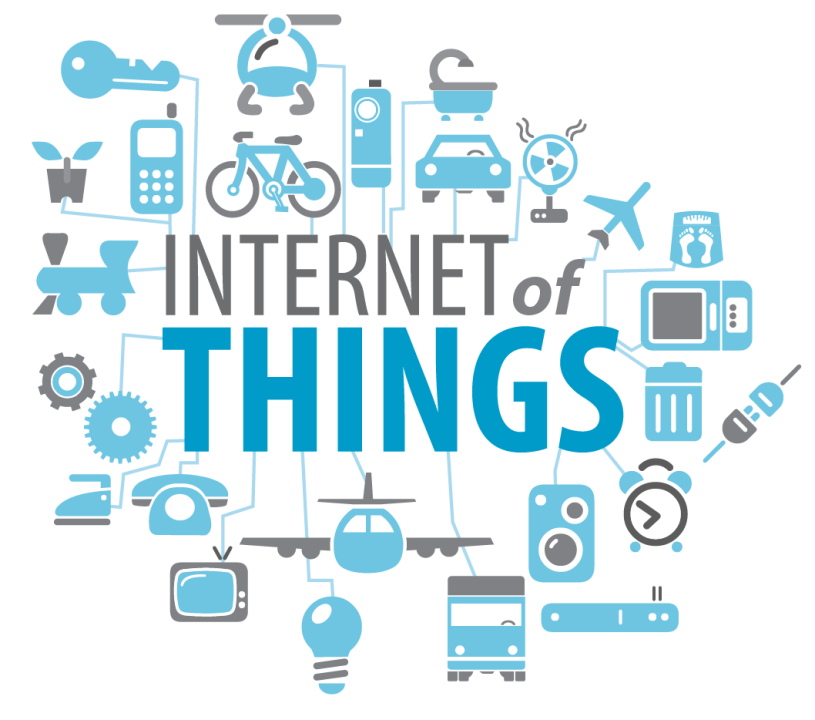In the digital age, the Internet of Things (IoT) stands as a revolutionary force, interweaving the fabric of our daily lives with a network of connected devices. From smart homes and industrial automation to healthcare and agriculture, the IoT has emerged as a transformative technology, promising increased efficiency, convenience, and innovation on an unprecedented scale.
Defining the Internet of Things
The Internet of Things refers to the interconnected network of physical devices, vehicles, appliances, and other objects embedded with sensors, software, and connectivity, enabling them to collect and exchange data. This vast network creates an ecosystem where devices communicate with each other, gather information, and respond to changing conditions autonomously.
Smart Homes: Where Convenience Meets Connectivity
One of the most visible manifestations of IoT is in smart homes. From thermostats and lighting systems to security cameras and kitchen appliances, smart devices have become integral components of modern households. These interconnected devices not only enhance convenience but also contribute to energy efficiency and home security through data-driven automation.
Industrial IoT (IIoT): Transforming Manufacturing and Beyond
In the industrial landscape, the Industrial Internet of Things (IIoT) is reshaping traditional manufacturing processes. Connected sensors on machines and equipment provide real-time data, allowing for predictive maintenance, optimization of production lines, and improved overall efficiency. IIoT is not limited to manufacturing; it extends to logistics, supply chain management, and smart cities, revolutionizing how we approach urban development and sustainability.
Healthcare: Enhancing Patient Care and Monitoring
In healthcare, IoT devices play a crucial role in patient care and monitoring. Wearable devices, such as fitness trackers and smartwatches, collect data on users’ health metrics. Medical devices equipped with IoT capabilities enable remote patient monitoring, providing healthcare professionals with real-time information and enhancing the quality of care, especially for those with chronic conditions.
Agriculture: Precision Farming for a Sustainable Future
In agriculture, IoT facilitates precision farming by employing sensors and data analytics to monitor soil conditions, crop health, and weather patterns. This data-driven approach allows farmers to optimize resource use, reduce environmental impact, and increase crop yields. IoT technologies are empowering agriculture to become more sustainable and resilient in the face of changing climate conditions.
Challenges and Security Concerns
While the potential of IoT is vast, it is not without challenges. Security concerns, including data privacy and the vulnerability of connected devices to cyber threats, remain at the forefront. As the IoT ecosystem expands, addressing these challenges becomes paramount to ensure the responsible development and deployment of interconnected technologies.
Scalability and Interoperability
As the IoT landscape grows, ensuring the scalability and interoperability of devices from different manufacturers becomes essential. Standardized protocols and frameworks are necessary to facilitate seamless communication between diverse IoT devices and platforms, fostering a cohesive and integrated IoT ecosystem.
The Future of IoT: Envisioning a Connected World
Looking ahead, the future of IoT holds boundless possibilities. The integration of 5G networks, advancements in edge computing, and the evolution of artificial intelligence will further enhance the capabilities of IoT devices. From smart cities with interconnected infrastructure to autonomous vehicles and personalized healthcare solutions, IoT is poised to play an even more significant role in shaping the future.
Conclusion
The Internet of Things is a transformative force that is reshaping the way we live, work, and interact with the world around us. As we continue to unlock the potential of IoT, it is crucial to address challenges, prioritize security, and ensure that the benefits of this interconnected landscape are accessible to all. The journey towards a fully connected world is underway, promising a future where the Internet of Things enhances efficiency, improves sustainability, and creates a more interconnected and intelligent global community.

